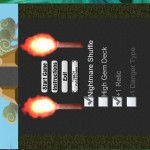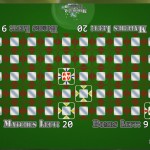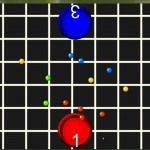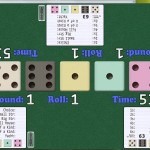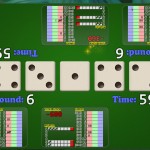I started a full time job last November. I’m a UCAR employee working for USGS. The job is 100% remote. I’m working on a project to modernize and replace legacy water use tracking and reporting software. The stack is PostgreSQL, Node.js, Nest.js, Vue.js. All deployed on Amazon web services.
I wasn’t able to get them to hire me as a contractor, but I’ve had very little interaction with UCAR outside of timecards and benefits. UCAR has good benefits and seem to be a good company. My only complaint is that the base salary is a bit below market.
This has been a large change from touch game development in many ways:
- Working 9-5. There is certainly a lot of flexibility in my schedule, but much less than before. This took a while to get used to again and I’m still not thrilled with needing to be up at particular times for meetings and needing to coordinate vacations around work.
- Javascript. The backend is typescript, but this has still been a big change from working in C#. Modern javascript/typescript is much better than it was in 2007 when I last worked with it. However, it is still a downgrade from C# and Linq. I do have to admit that it is a useful skill to improve.
- Working with other people
- Getting paid
The difference between this job and my last full time job is also significant:
- Not having to dress up, pack a lunch, commute, and be trapped at the office makes the work so much nicer.
- When I want to take a break, I can do something that I really enjoy instead of wandering around at the office.
- It is harder to leave work behind at the end of the day, and I’m using my own hardware and A/C.
- Zoom meetings are less frustrating than in-person. If they start on a topic I don’t care about, I can get some other work done.
- I also feel like this job is doing something useful for the world. I’m more motivated by making a system for scientists than I was creating software at Raytheon. Even when I was working on the GPS project (which I though was going to feel useful), I was working on such a tiny component and the pace was so slow that it still didn’t seem like a good use of time.
Overall, the job is going well. I tentatively plan to stick with it for a while. I’d like to work fewer hours and have more flexibility on time off. I hope they will be OK with some leave without pay for the occasional long trip.



